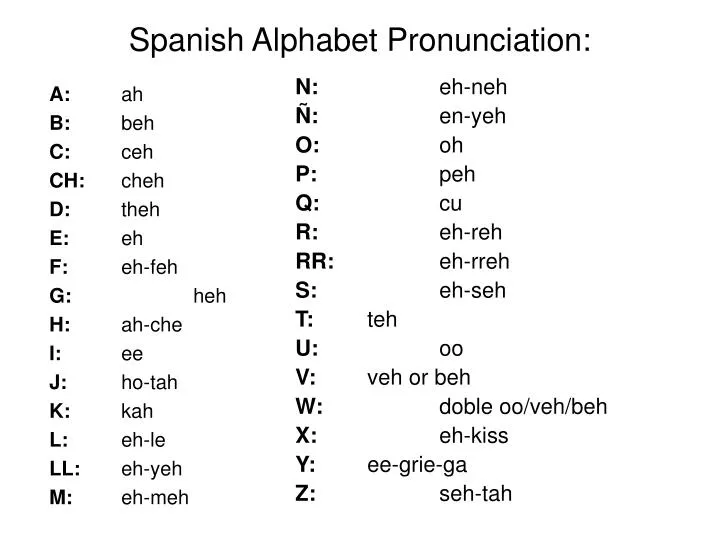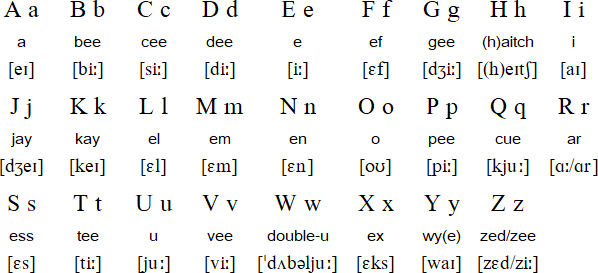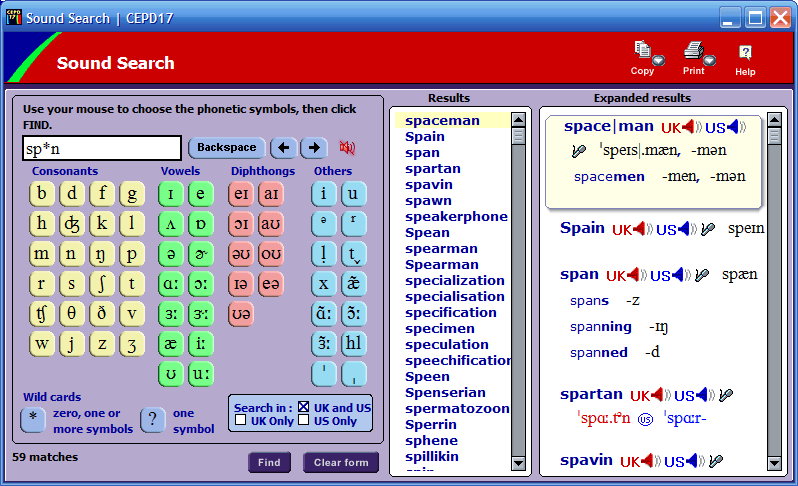
At the other extreme, pronunciation is not included when there is no oral evidence at all for the pronunciation (as with cadulix), when there is too little information from which to generalize (as with cadarup), or when DARE quotations are solely from written sources that give no indication of pronunciation even though the word is obviously well known in a region (as is caballero). First, pronunciation is not included in the heading for words that are widely used in American English (AE) and have little or no variation in pronunciation (such as slap), or that vary by well-known regular processes (for example, presence or absence of postvocalic /r/, as in brier). Those characters which have corre-sponding symbols in the International Phonetic AlphabetThe treatment of pronunciation in DARE differs from that in standard dictionaries in several ways. The order of symbols discussed below is the same as the order on the page of Pronunciation Symbols, with the ex-ception that the symbols which are not letter characters are here listed first. Ation in Websters Third New International Dictionary.
A few of the special symbols mentioned in this document are not encoded, but would have to be realized with special fonts or ligatures. Translation of words from English into different languages.where. British and American pronunciation.
Section 2 presents a brief overview of the nature of regional and social pronunciation variation in AE, its historical development, and some present-day influences on it. The purposes of this Guide to Pronunciation are to give the reader information that will suggest the likely or possible regional pronunciation of words for which transcriptions are not given in DARE, and to provide a basic outline of the kinds and patterns of variation that occur in AE pronunciation in general.The Guide to Pronunciation has three major parts: Section 1 gives the reader basic information about the symbols used to indicate pronunciation. As to accuracy, DARE is responsible only for transcriptions in the headings.Dictionary With Pronunciation free download - Talking Dictionary, iFinger Collins English Dictionary, English-Hindi Talking Dictionary, and many more programsThird, DARE’s use of symbols to indicate pronunciation varies depending on whether a generalization (a “broad” transcription) or a precise rendering (a “narrow” transcription) is called for (see further below). Some are based on IPA, others employ other symbols, in particular barred or ligated di- and trigraphsA second way in which DARE’s treatment differs from that in other dictionaries is that pronunciation may be indicated in any of several ways: it may be given in the heading immediately following the part of speech it may be provided in one or more of the quotations it may be suggested by inclusion of pronunciation-spellings or some combination of these alternatives may be used.
AE speakers can distinguish bit from pit because, although b and p are similar in articulation, there are differences between them that native speakers hear as being fundamental or distinctive. DARE entries refer the reader to the appropriate subheadings in section 3 for general descriptive information on geographical variants in pronunciation.AE has been described, abstractly, as having a set of distinctive sound units (phonemes), a reservoir that is drawn upon and assigned a reality (articulation) and a sequence to produce the pronunciation of a word or string of words. Section 3 is intended to be used as a reference.
The th spelling, for example, covers two distinct units, as in thigh and thy. But traditional spelling cannot be relied on to represent distinctive differences, or not to represent nondistinctive differences. For example, b and p are distinct not only in function to distinguish words but also in the alphabet, whereas the two kinds of t are distinct in neither. The English spelling system goes far in identifying what is distinctive and what is not. For example, the final t on bit and pit may be articulated with or without a strong puff of air (aspiration), but AE speakers treat either of these as being fundamentally the same sound, a t.
Therefore traditional orthography cannot be relied upon to represent the many phonetic variations that occur in AE.In order to indicate pronunciation unambiguously in writing, it is necessary to have a system with a one-to-one correspondence between written symbols and speech sounds. Likewise, for some, god and guard sound alike. On the other hand, for many AE speakers words like cot and caught sound the same, even though the spelling differs.
To this extent, the indication of the speech sound associated with each symbol is necessarily somewhat imprecise. The basic symbols used in DARE are shown below, between diagonal slashes, each one accompanied by an illustrative word.Although the illustrative words used above were chosen to indicate the correspondence between the symbols and speech sounds, because of regional differences in pronunciation not everyone will pronounce these words in exactly the same manner. (At the same time, a few letters of the alphabet are not used, because their sounds are adequately represented by other letters.) The additional symbols are taken for the most part from the International Phonetic Alphabet, along with a few other symbols that are in regular use among American linguists.





 0 kommentar(er)
0 kommentar(er)
